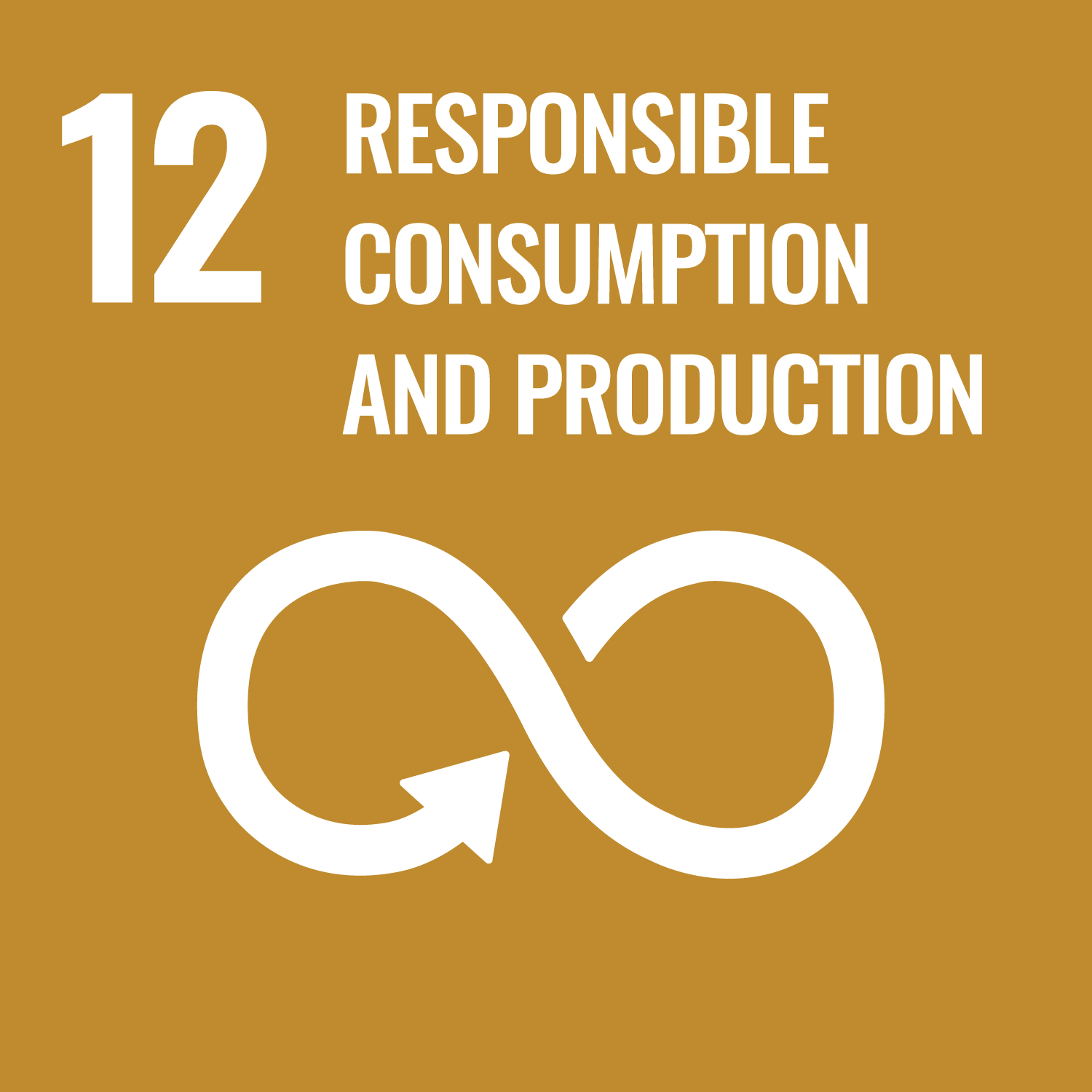The scope of this course is an optimal design for Engineering Design. This course is composed of three parts. The first one
lectures on modeling and computational principles of an optimal design. Several optimization methods are described in the
second topics including CAX technologies. The last one exercises optimization and presentation for a pasta bridge competition.
To acquire the thinking process, the theory, and methods of optimal design which combined CAE and optimization technologies
- Can translate a design problem into optimization problems
- Can understand optimization methodologies
- Can apply an optimization algorithm
| Problem definition | HJ method report | Presentation material | Optimal design solution | Total. | |
|---|---|---|---|---|---|
| 1. | 25% | 25% | |||
| 2. | 25% | 25% | |||
| 3. | 25% | 25% | 50% | ||
| 4. | 0% | ||||
| Total. | 25% | 25% | 25% | 25% | - |
| Class schedule | HW assignments (Including preparation and review of the class.) | Amount of Time Required | |
|---|---|---|---|
| 1. | - Orientation and study interview - Definition step: Translating design problem into optimization problems |
Writing up your study plan related to an optimal design | 60minutes |
| The brush up about a linear programming method | 60minutes | ||
| 2. | Definition step: Exercise Translating design problem of pasta bridge into optimization problem | Checking the specification for pasta bridge competition | 60minutes |
| 3. | - Definition step: Translating constraint conditions into penalty functions in classroom - Optimization step: Basic algorithms derived from optimality conditions—Gradient method |
The brush up about translation of a design problem | 60minutes |
| Seeing about Gradient method | 60minutes | ||
| 4. | Definition step: Exercise Definition of optimal design for pasta bridge competition | The definition of optimization problem for pasta bridge competition | 60minutes |
| Deploying the pasta bridge optimization definition to the presentation document | 60minutes | ||
| 5. | Optimization step: Non-linear algorithm, SLP and approximation method for optimal design, Response Surface Model (RSM) | Seeing about SLP | 60minutes |
| Seeing about RSM | 60minutes | ||
| 6. | Design Review: Presentation and discussion for pasta bridge definitions | Making of the presentation document | 120minutes |
| 7. | Soft computing method for Multi-peak problems—SA and GA methods | Seeing about SA and GA | 120minutes |
| Reporting HJ method as a direct algorithm | 120minutes | ||
| 8. | Optimization step: Exercise Design of optimization algorithm for paste bridge optimization | The brush up about definition of the optimization problem with constraint functions | 60minutes |
| Design and creating your optimization algorithm | 240minutes | ||
| 9. | Optimization step: Exercise Making optimization algorithm of paste bridge optimization | Creating your optimization algorithm | 240minutes |
| 10. | Optimization step: Exercise Making optimization algorithm of paste bridge optimization | Creating your optimization algorithm | 240minutes |
| 11. | Production step: Exercise Making Pasta Bridge | Applying your optimization algorithm to Pasta Bridge design problem, and estimation of optimization result | 180minutes |
| Making Pasta Bridge | 240minutes | ||
| 12. | Production step: Exercise Making Pasta Bridge | Making Pasta Bridge | 240minutes |
| 13. | - Production step: Exercise Making Pasta Bridge - Competition step: Preparation of presentation material |
Making Pasta Bridge | 120minutes |
| Making final presentation material | 120minutes | ||
| 14. | Competition: Presentation and competition for your optimal designs | Making final presentation material | 60minutes |
| Total. | - | - | 2640minutes |
Depending the design review of optimization definition (25%), HJ method report (25%), final presentation (25%), and optimal
design solution (25%). If proposed optimal design, satisfied the design specification for pasta bridge competition, is performed
by using your optimization method systematically, and also the HJ report can describe the reason clearly, those outcomes will
be evaluated as 80%.
| ways of feedback | specific contents about "Other" |
|---|---|
| Feedback in the class |
K. Kawamo, M. Yokoyama and H. Hasegawa, Fundamentals and Applications of Optimization Theory (in Japanese) (2000), Corona
Publishing Co. LTD.
- Course that cultivates an ability for utilizing knowledge
- Course that cultivates a basic interpersonal skills
| Work experience | Work experience and relevance to the course content if applicable |
|---|---|
| Applicable | To perform syllabus planning based on experience and needs of 10 year's our company period, and setting an exercise problem to obtain CAE and optimization technical ability. Based on research and surveys of manufacturing companies and research institutes, various analysis techniques in system development, system design techniques, AI techniques, etc. |


- 9.INDUSTRY, INNOVATION AND INFRASTRUCTURE
- 12.RESPONSIBLE CONSUMPTION & PRODUCTION
Last modified : Sun Mar 17 04:09:37 JST 2024

